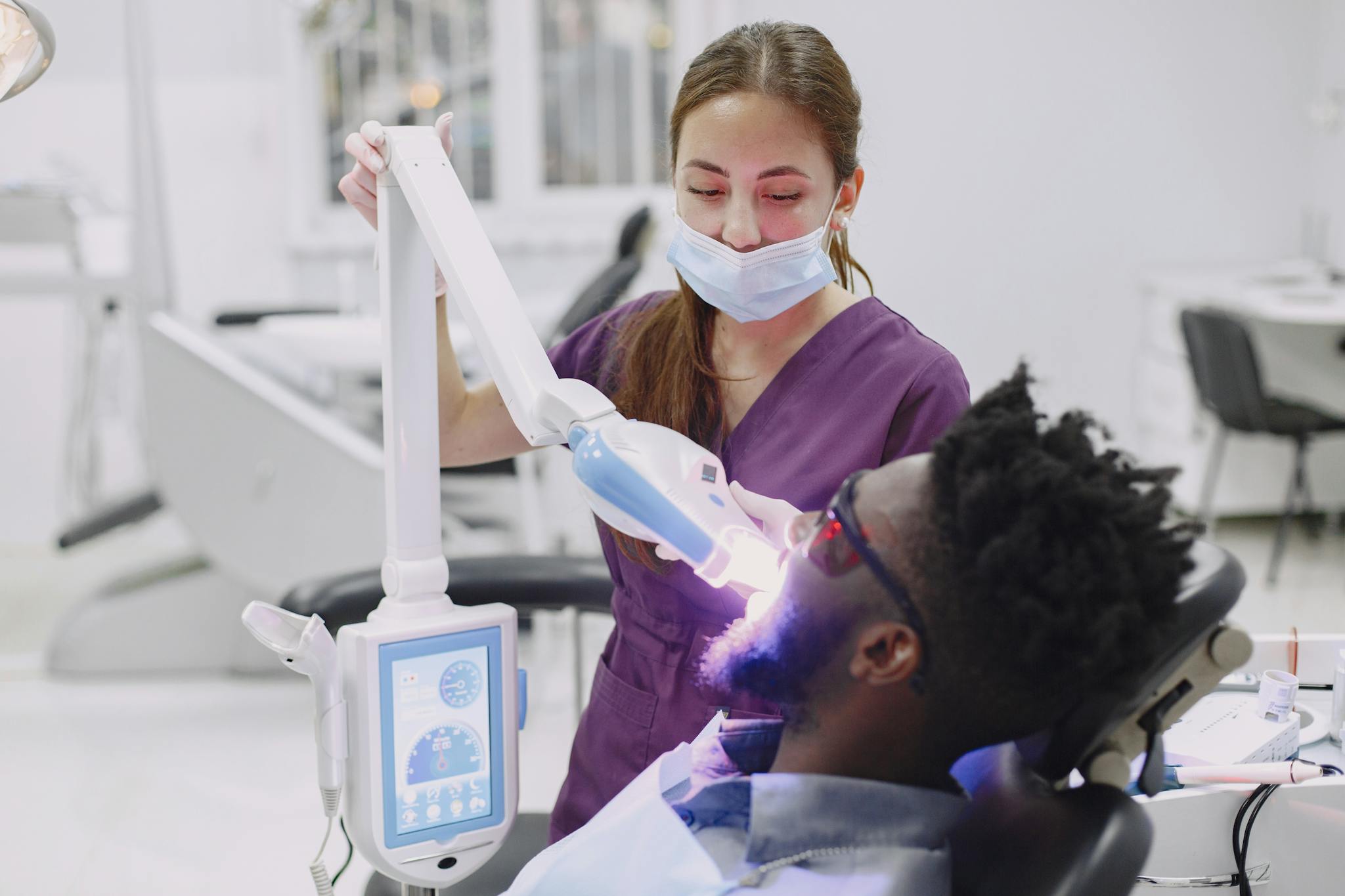Maintain Your Smile
Achieve a healthy and beautiful smile at elite smiles artistry
Maintain a Healthy Smile with General Dentistry
Feel confident and cared for with our general dentistry services. Our professional staff provide exceptional general dental care for you and your entire family.
Your comfort and long term health are our top priority at Elite Smiles Artistry!
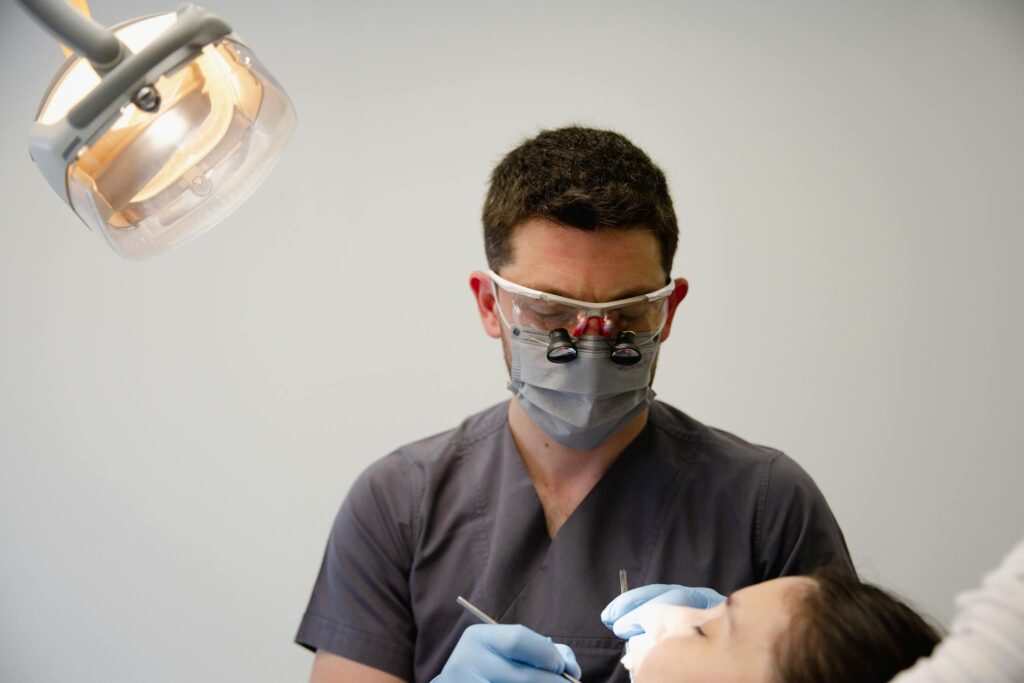
General Dentistry and Its Purpose
Dr. Ravin and the Elite Smiles Artistry team provide general dental care to patients of all ages. We offer a variety of services meant to help you have the smile you’ve always wanted. Our focus on dental hygiene, gum health and other structures means your oral health is our top priority. Whether you’re dealing with toothache, jaw pain, bleeding gums, or just need a professional opinion, we’re here to provide genuine help and guidance.
Our general dentistry services range from dental exams and dental cleanings to porcelain crowns, bridges, root canal therapy, and all dental emergencies.
Preventative Services
Preventative services include regular exams and x-rays and help build a foundation of lasting oral health. Regular exams not only include cleanings but may also provide preventive services like sealants, educational tools and other screenings to ensure you have a well-rounded dental health treatment regimen.
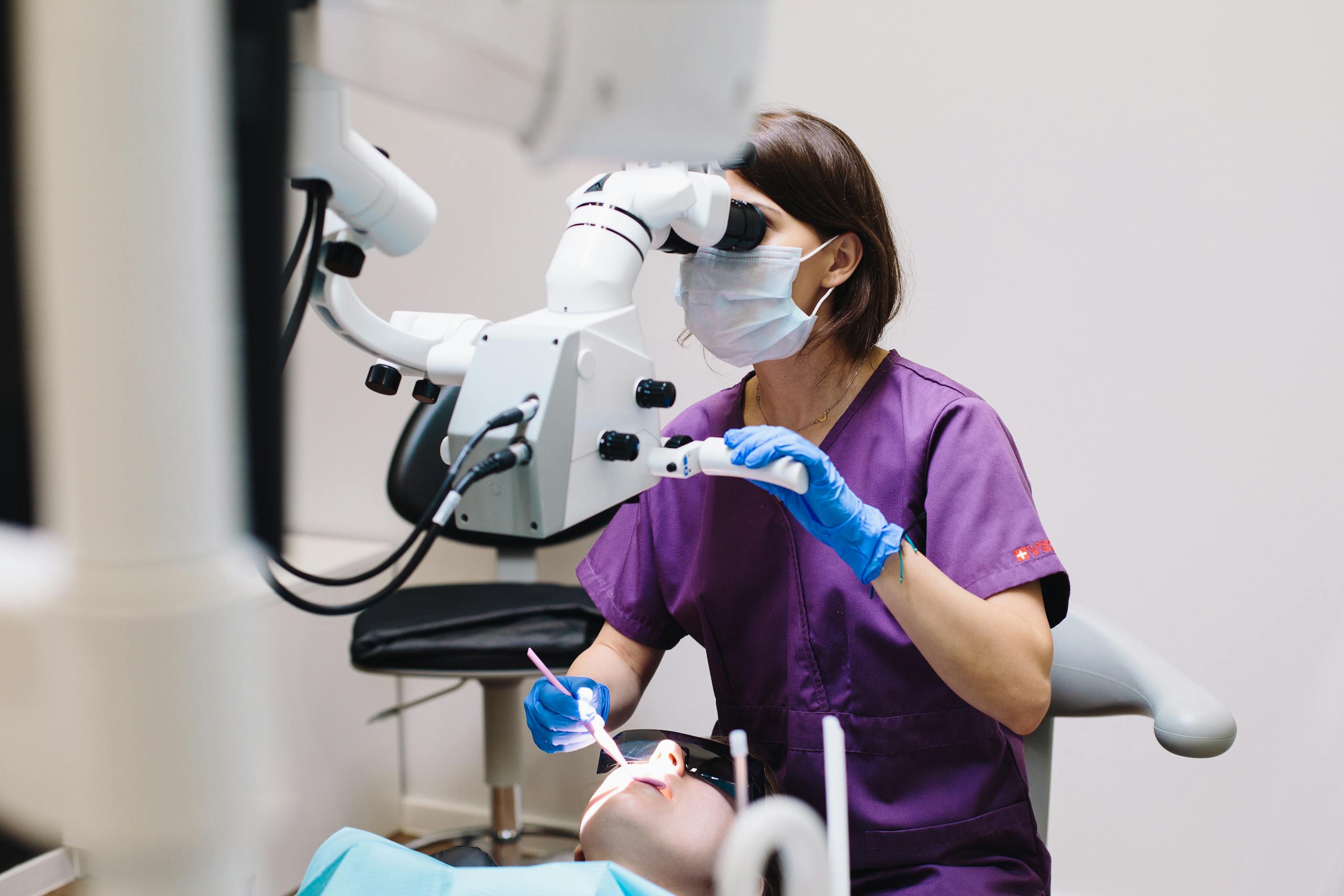
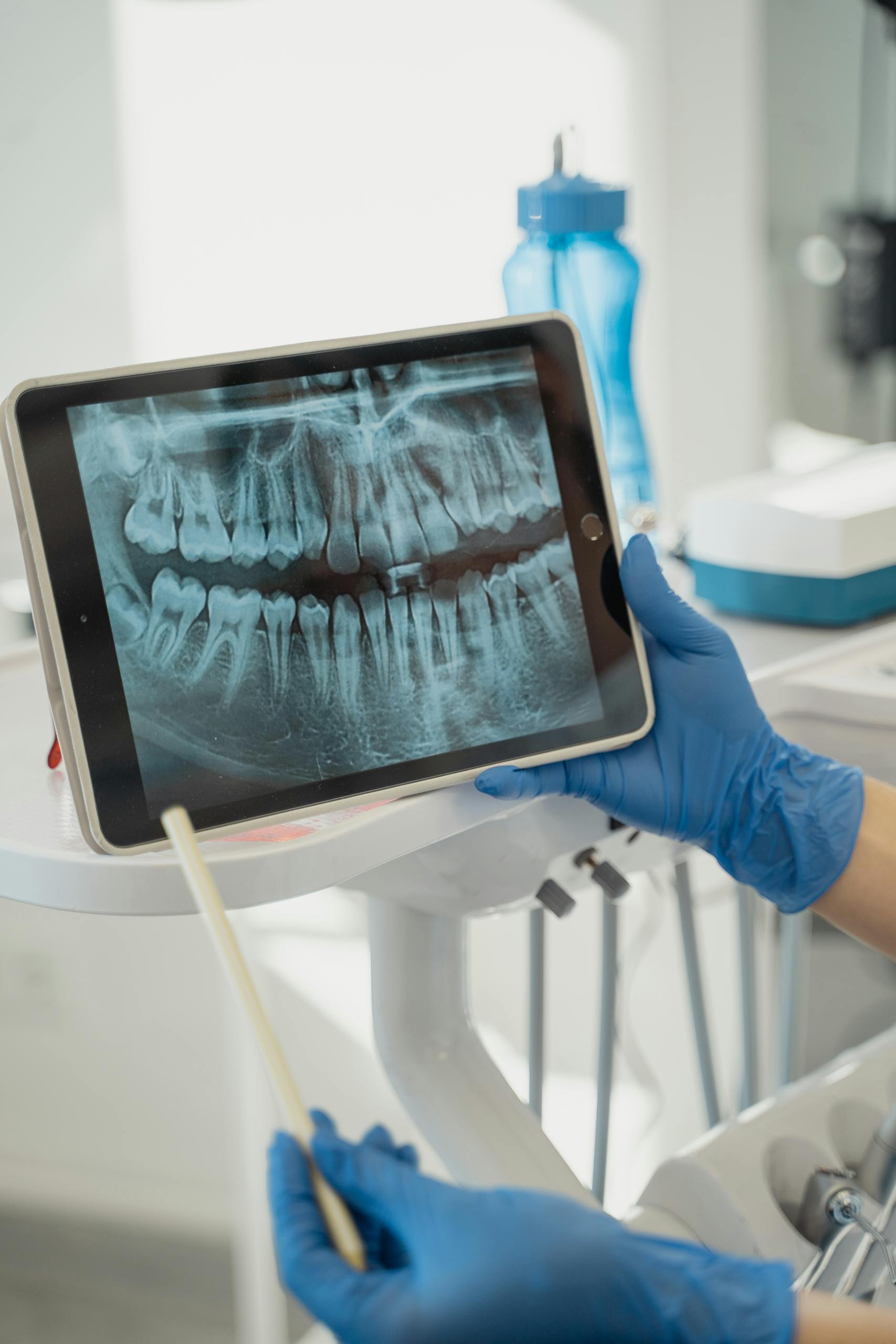
Restorative Services
Elite Smiles Artistry provides more than preventive services. Restorative services include fillings, treatment for broken, loosened or chipped teeth as well as treatment for tooth pain and gum disease. Root canals, orthodontics and dental implants also fall under this category.
Cutting-Edge Technology
Preventative services include regular exams and x-rays and help build a foundation of lasting oral health. Regular exams not only include cleanings but may also provide preventive services like sealants, educational tools and other screenings to ensure you have a well-rounded dental health treatment regimen.
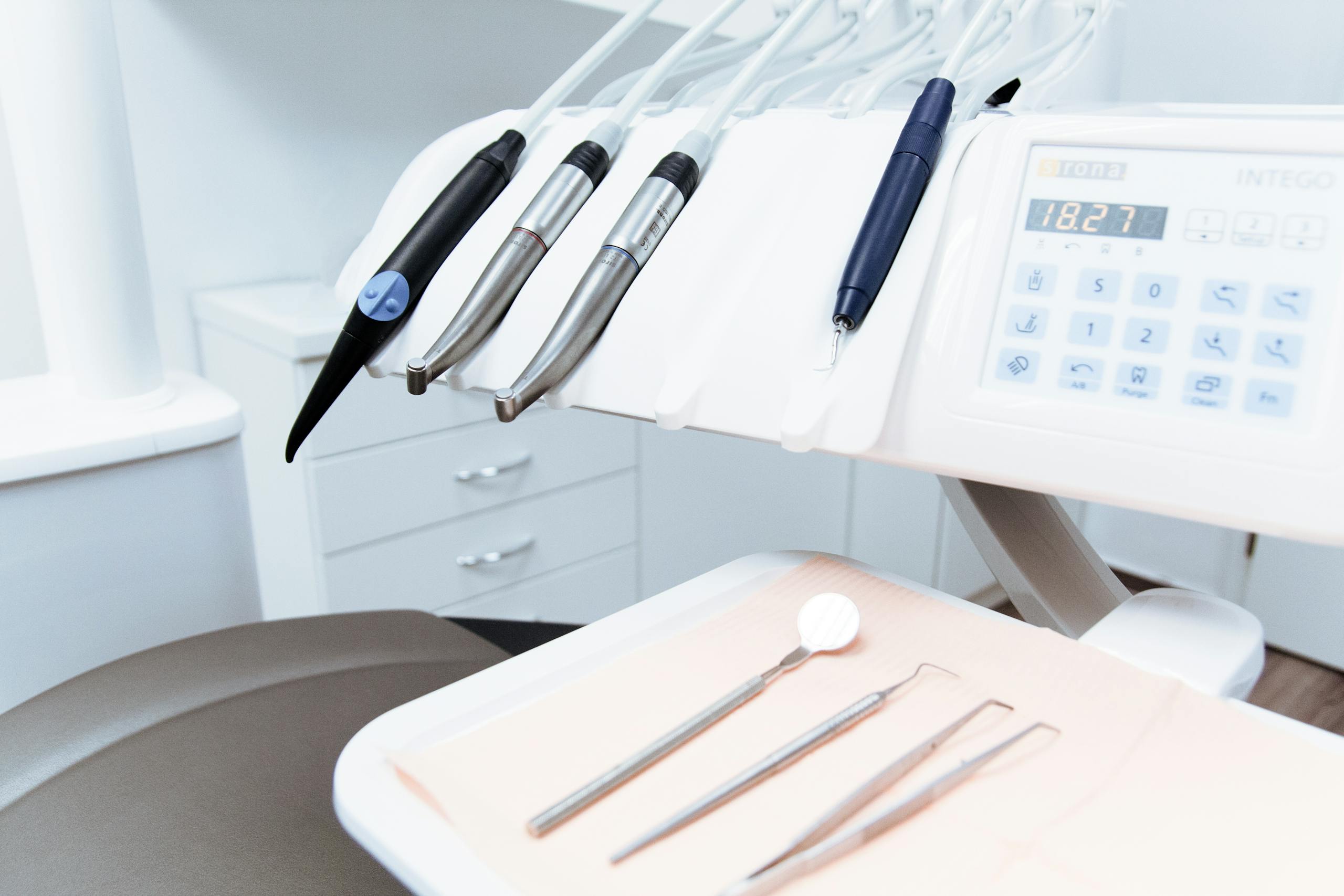
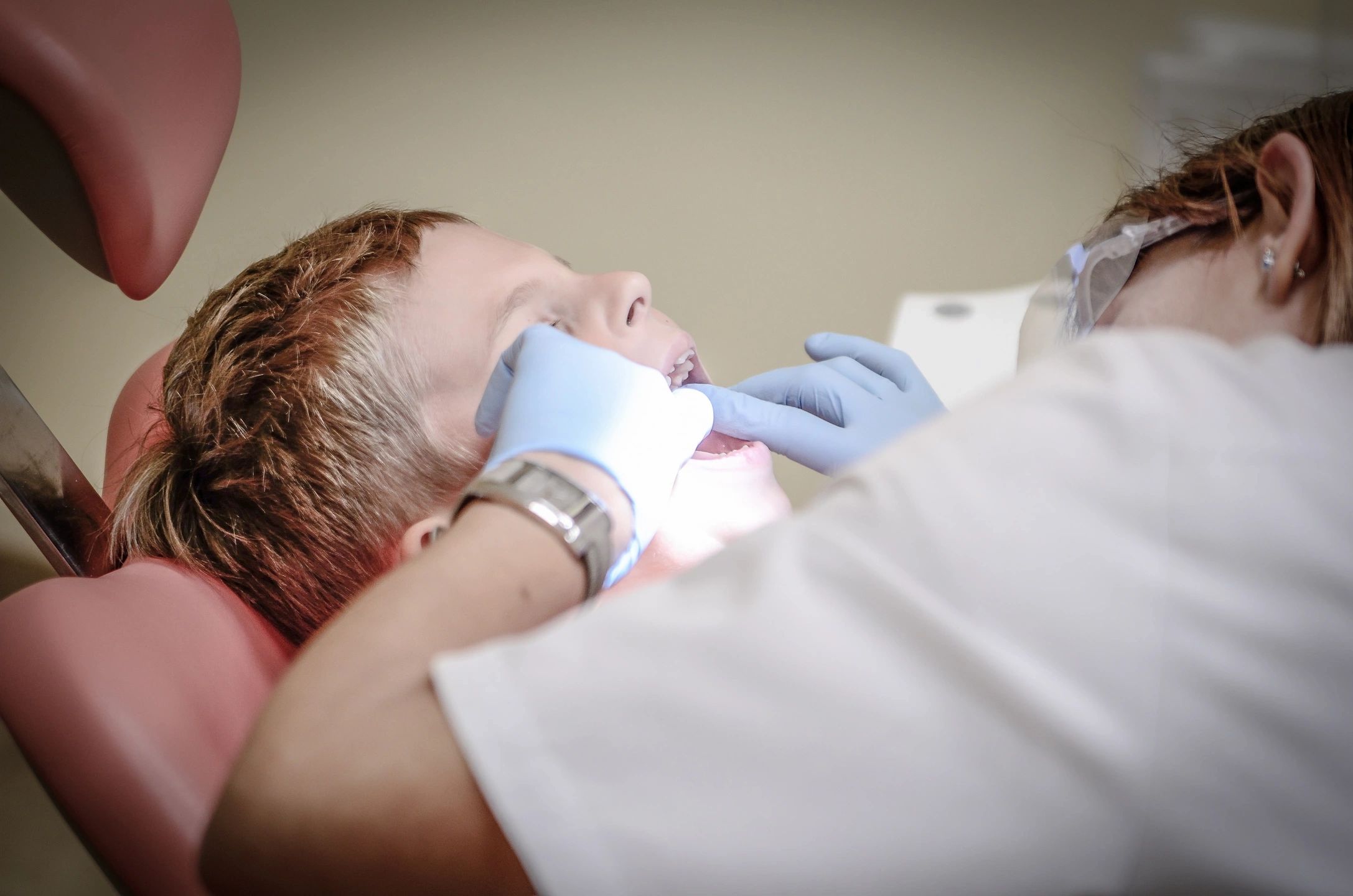
Types of General Treatments Available:
- Dental Exams
- Dental Cleanings
- Dental Emergencies
- Fillings
- Root Canal Therapy
- Porcelain Crowns
- Bridges
We are a mercury-free practice. However, many people still have silver/mercury fillings in their mouths from years past. These fillings are not particularly pleasing to the eye, and we know that by unavoidable design, silver/mercury fillings ultimately result in a weaker tooth structure. Porcelain inlays and Tooth Colored Restorations (onlays) create fillings that are not only beautiful (or unnoticeable) but also add strength to weakened teeth. These restorations are aesthetically pleasing and very strong thanks to new bonding technologies.
There are many advantages to tooth-colored restorations. Resin onlays are bonded to the teeth creating a tight, superior fit to the natural tooth. Such restorations can be used in instances where much of the tooth structure has been lost. The tooth remains intact and stronger.
Since the resin used in tooth-colored restorations contains fluoride, it can help prevent decay. The resin wears like natural teeth and does not require placement at the gum line, which is healthier for your gums!
The result is a beautiful smile!
Highly effective in preventing decay on the biting surfaces of your chewing teeth, dental sealants are a simple procedure in which a tooth-colored acrylic “coating” is painted onto the surface of the tooth. This effectively “seals” the deep grooves, acting as a barrier and protecting enamel from plaque and acids.
Sealants protect the depressions and grooves of your teeth from food particles and plaque that brushing and flossing can’t reach.
Easy to apply, sealants take only a few minutes to seal each tooth. Sealants hold up well under the force of normal chewing and can last several years before a reapplication is needed.
Children and adults can benefit from sealants in the fight against tooth decay.
Dental implants are changing the way people live! They are designed to provide a foundation for replacement teeth that look, feel, and function like natural teeth. The person who has lost teeth regains the ability to eat virtually anything and can smile with confidence, knowing that teeth appear natural and that facial contours will be preserved. Patients with dental implants can smile with confidence.
Dental implants are designed to provide a foundation for replacement teeth that look, feel, and function like natural teeth. The implants themselves are tiny titanium posts that are surgically placed into the jawbone where teeth are missing. These metal anchors act as tooth root substitutes.
The bone bonds with the titanium, creating a strong foundation for artificial teeth. Small posts that protrude through the gums are then attached to the implant. These posts provide stable anchors for artificial replacement teeth.
Dental implants also help preserve facial structure, preventing the bone deterioration that occurs when teeth are missing.
An Implant Supported Overdenture is a contemporary restoration that has revolutionized the way surgeons and dentists think of replacing a full set of teeth. Standard dentures are unsecured prostheses with inherent limitations. Most often, dentures are painful, inconvenient and unstable. Such dentures can make chewing foods difficult, limiting the foods that you once enjoyed. Modern dentistry can help with implant supported dentures. The Implant Supported Overdenture treatment concept replaces your missing teeth with a full dental bridge supported by dental implants. Fewer implants are needed and overall treatment time and cost is reduced.
An Implant Supported Overdenture solution also ensures greater stability in the bone, reducing the need for bone graft surgery to increase bone volume. Implant-supported overdentures stay connected with bar and clip attachment methods or use a variety of abutment-based attachments (ball, magnets, and resilient stud attachments such as Locators).
The most appropriate attachment system for your individual needs relates to a variety of factors that is determined early in the treatment. Typically, a temporary set of teeth can be placed on the same day of surgery.
The temporary teeth allow you to lead a normal life immediately after surgery. After a short healing period, your dentist will place the final bridge. Your quality of life is improved, and you can start enjoying your favorite foods again with renewed confidence.
Missing teeth over a period of time can cause your jaw bone to atrophy, or resorb. This often results in poor quality and quantity of bone suitable for the placement of dental implants as well as long-term shifting of remaining teeth and changes to the facial structure. Most patients, in these situations, are not candidates for dental implants.
Fortunately, today we have the ability to grow bone where it is needed. This not only gives us the opportunity to place implants of proper length and width, but it also gives us a chance to restore functionality and aesthetic appearance.
Bone grafting can repair implant sites with inadequate bone structure due to previous extractions, gum disease, or injuries. The bone is either obtained from a tissue bank or your own bone is taken from the jaw, hip or tibia (below the knee). Sinus bone grafts are also performed to replace bone in the posterior upper jaw. In addition, special membranes may be utilized that dissolve under the gum to protect the bone graft, as well as encourage bone regeneration. This is called guided bone regeneration, or guided tissue regeneration.
Major bone grafts are typically performed to repair defects of the jaws. These defects may arise as a result of traumatic injuries, tumor surgery, or congenital defects. Large defects are repaired using the patient’s own bone. This bone is harvested from a number of different areas depending on the size needed. The skull (cranium), hip (iliac crest), and lateral knee (tibia) are common donor sites. These procedures are routinely performed in an operating room and require a hospital stay.
A denture, or a complete denture as it is often called, is an appliance that is inserted in the mouth that replaces natural teeth and provides support for the cheeks and lips.
Most dentures are made of acrylic and can be fabricated at different times. A conventional denture is made after all teeth have been extracted and the tissues (gums) have healed. An immediate denture is fabricated and inserted immediately after the teeth are extracted and the tissues are allowed to heal under the denture.
Over a normal course of time, dentures will wear and need to be replaced or relined in order to keep the jaw alignment normal. The alignment will slowly change as the bone and gum ridges recede or shrink due to the extraction of the teeth. Regular dental examinations are still important for the denture wearer so the oral tissues can be checked for disease or change.
All of your teeth play an important role in speaking, chewing, and in maintaining proper alignment of other teeth. Tooth loss does not necessarily have to occur as you age. But if you do lose teeth, they must be replaced to maintain proper function of your mouth. Fortunately, there are options for correcting tooth loss.
A bridge — a device used to replace missing teeth — attaches artificial teeth to adjacent natural teeth, called abutment teeth. Bridges are either permanently attached (fixed bridges) or they can be removable (removable bridges).
Fixed bridges are applied by either placing crowns on the abutment teeth or by bonding the artificial teeth directly to the abutment teeth. Removable bridges are attached to the teeth with metal clasps or by precision attachments.
The attachment procedure usually takes two or three appointments to complete. At the first appointment, we will prepare the teeth on either side of the gap by removing a portion of the enamel and dentin.
Since the bridge must be fabricated very precisely to ensure correct bite and to match the opposing tooth, impressions of the teeth are taken and sent to a lab where the bridge will be constructed.
Fixed bridges are typically cemented to the natural teeth next to the space left by the missing tooth. A pontic (false tooth) replaces the lost tooth. Crowns, which are cemented onto the natural teeth, provide support for the bridge.
Most dentistry looks like dentistry. Our goal is to provide dentistry that is undetectable. We replace existing crowns and fillings with restorations that look and feel like your natural teeth.
Where damage to a person’s teeth is extreme and may be beyond repair, we can use porcelain or porcelain “pasted-on-gold” crowns to make the smile appear like new.
This is an extremely reliable technique for repairing the most severe dental problems, even permanently replacing missing teeth to offer a complete smile and a functional bite. We are renowned for the quality of our work and the fantastic changes we make for people using this technology. These treatments are used for a long-lasting correction of major dental problems. It is usual for these treatments to last for 20 to 30 years, which is as close to permanent as dental treatment can get.
Crown and bridgework are very reliable solutions for major dental problems caused by accidents, diseases, or wear and tear. Major problems can usually be corrected using these techniques. Materials used in these repairs are either high-grade porcelain or porcelain bonded to gold. A higher strength of the porcelain and gold materials is recommended to treat the most serious dental problems. In instances where damage has occurred resulting in the loss of teeth, where teeth have broken away through excessive wear or tooth damage caused by old fillings breaking down, crowns and/or bridges can be used as a long-term solution.
You and Dr. Ravin may determine that you need a tooth extraction for any number of reasons. Some teeth are extracted because they are severely decayed; others may have advanced periodontal disease, or have broken in a way that cannot be repaired. Other teeth may need removal because they are poorly positioned in the mouth (such as impacted teeth), or in preparation for orthodontic treatment.
The removal of a single tooth can lead to problems related to your chewing ability, problems with your jaw joint, and shifting teeth, which can have a major impact on your dental health.
To avoid these complications, in most cases Dr. Ravin will discuss alternatives to extractions as well as replacement of the extracted tooth.
At the time of extraction, the doctor will need to numb your tooth, jaw bone and gums that surround the area with a local anesthetic.
During the extraction process, you will feel a lot of pressure. This is the process of firmly rocking the tooth in order to widen the socket for removal.
You feel the pressure without pain as the anesthetic has numbed the nerves stopping the transference of pain, yet the nerves that transmit pressure are not profoundly affected.
If you do feel pain at any time during the extraction please let us know right away.
After a tooth has been extracted, there will be a resulting hole in your jaw bone where the tooth was. In time, this will smooth and fill in with bone. This process can take many weeks or months. However, after 1-2 weeks you should no longer notice any inconvenience.
Full mouth reconstruction refers to the process of completely restoring all of the teeth in your mouth. Full mouth reconstruction, unlike a “smile makeover,” is a necessary series of procedures, rather than an elective surgery. Full mouth reconstruction is needed when: teeth have been lost, teeth have been injured or fractured, teeth have become worn as a result of acid-erosion or jaw pain is present due to bite problems.
Every patient’s full mouth reconstruction is different and, therefore, requires various different procedures. Usually, full mouth reconstruction requires multiple office visits and some amount of healing time. Dr. Ravin will determine which procedure or combination of procedures is necessary to restore and rebuild your perfect smile. Dr. Ravin will also refer you to other dental specialists if needed.
Some options include:
Teeth cleaning (prophylaxis);
Crown lengthening to prepare tooth structure for possible crowns or bridges;
Surgery to reposition the jaw (orthognathic surgery);
Contouring of the gum tissue;
Reduction of natural tooth structure to prepare for crowns, bridges, and veneers;
Placement of temporary restorations to get you used to your new teeth or bite adjustment;
Placement of permanent restorations such as crowns, veneers, inlays/onlays, or bridges;
Braces to move teeth into the ideal position for reconstruction;
Bone or soft tissue grafting to increase the stability of your teeth or implants.
STEP ONE
Consultation & Examination:
STEP TWO
Treatment Plan:
Whether it’s a simple filling, root canal, or another service, our top priority is achieving the best outcome for you.
STEP THREE
Treatment & Preventative Measure:
STEP FOUR
Follow-up and Ongoing Treatment:
Book an Appointment Today
Healthy Smile, Happy People
Frequently Asked Questions (FAQ)
Other Services
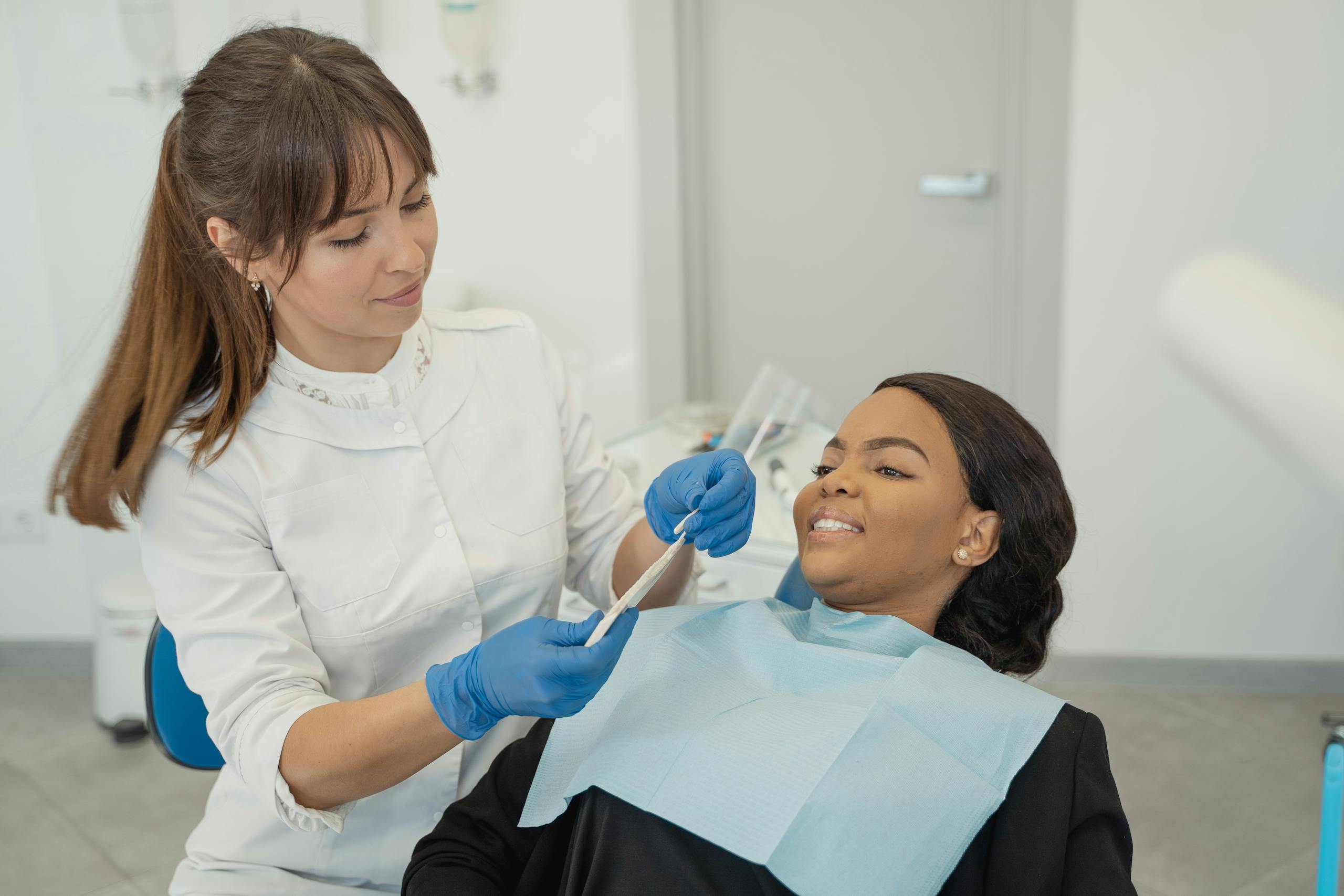
Juventix
We offer the latest cutting edge dentist treatment with Juventix.
This a minimally invasive procedure used to restore, revive, and regenerate damaged tissue in the body.
Our unique approach helps regenerate your smile to its best, while remaining safe and painless. We’re ready to help you achieve your best smile

